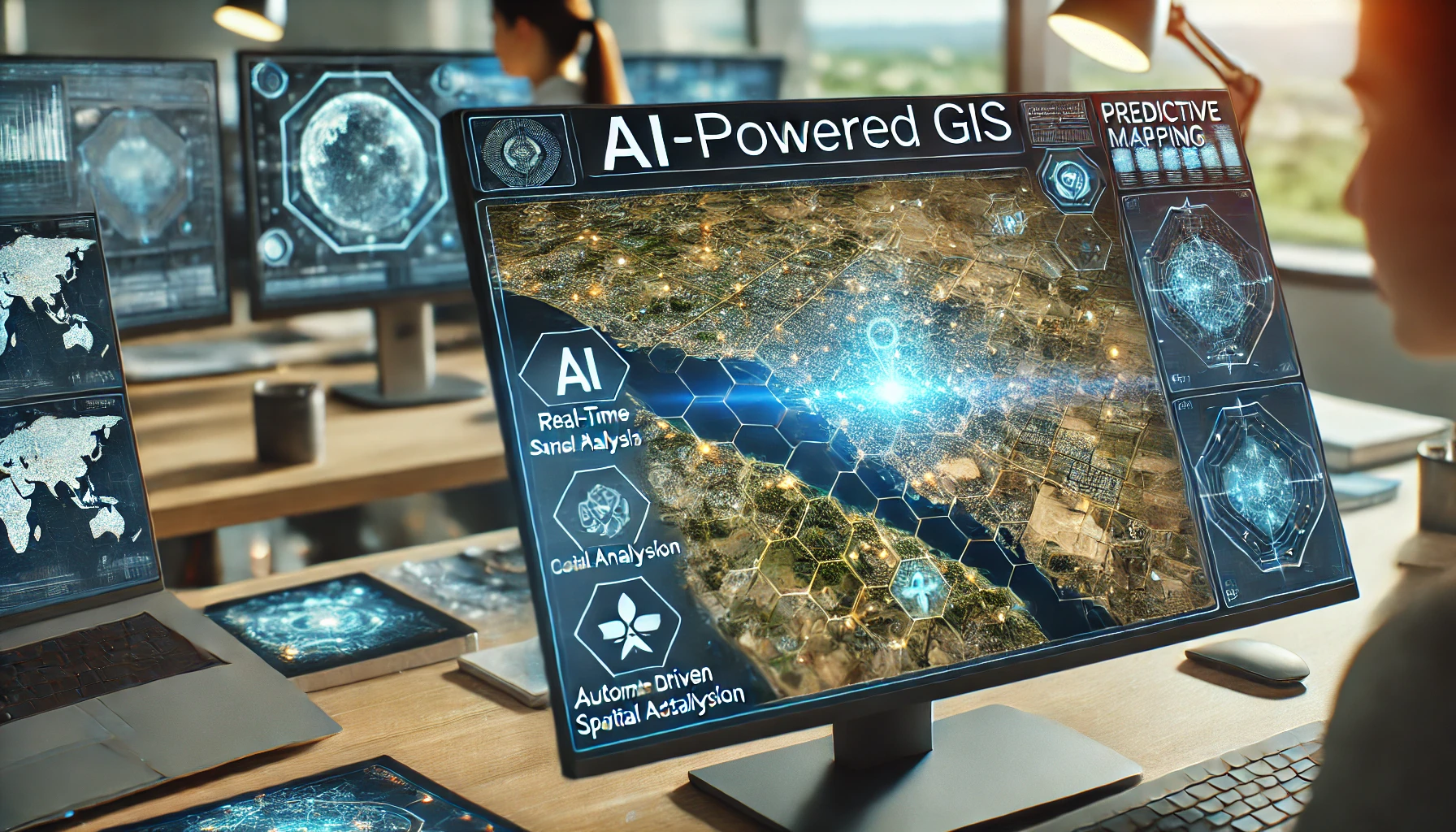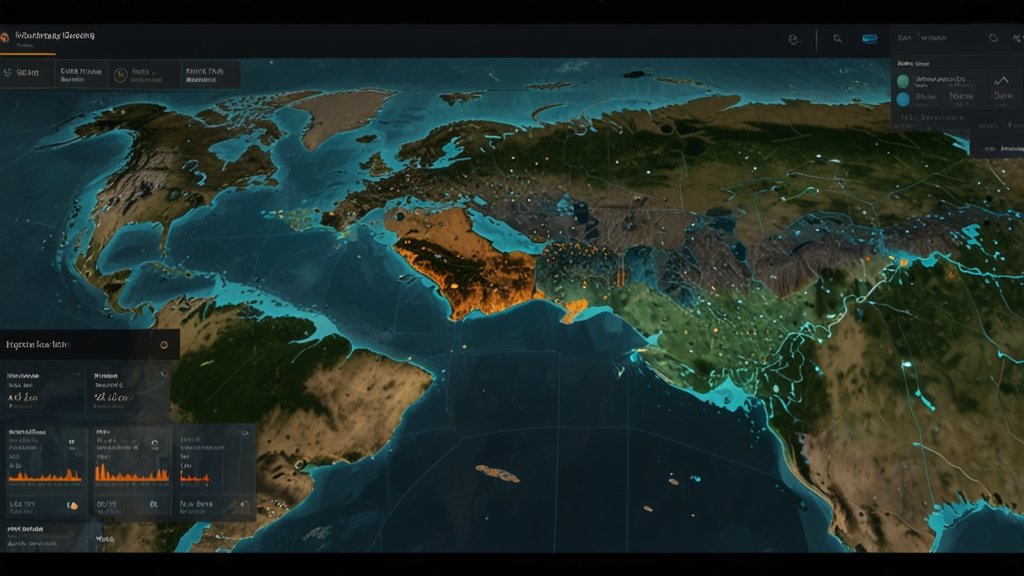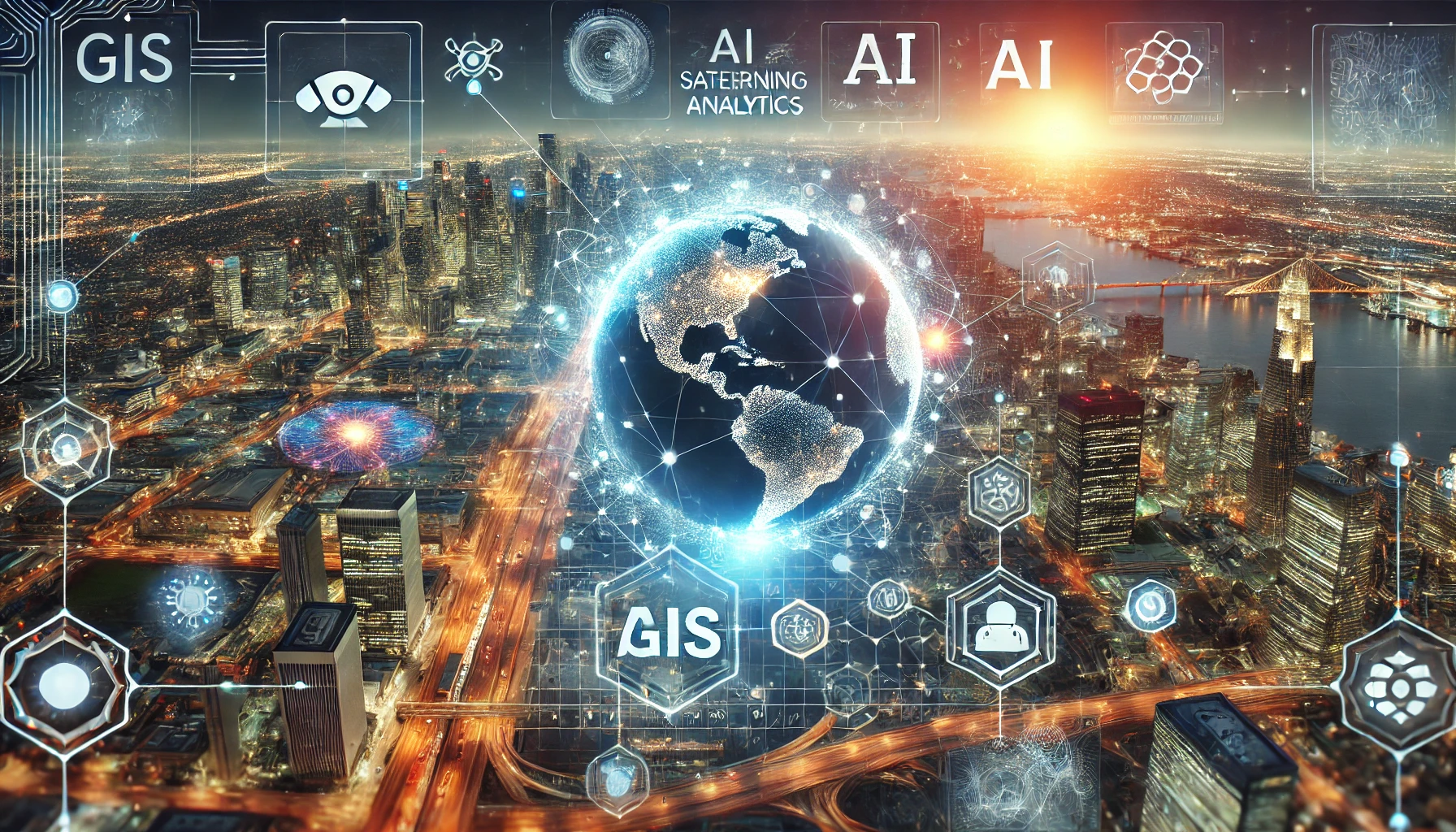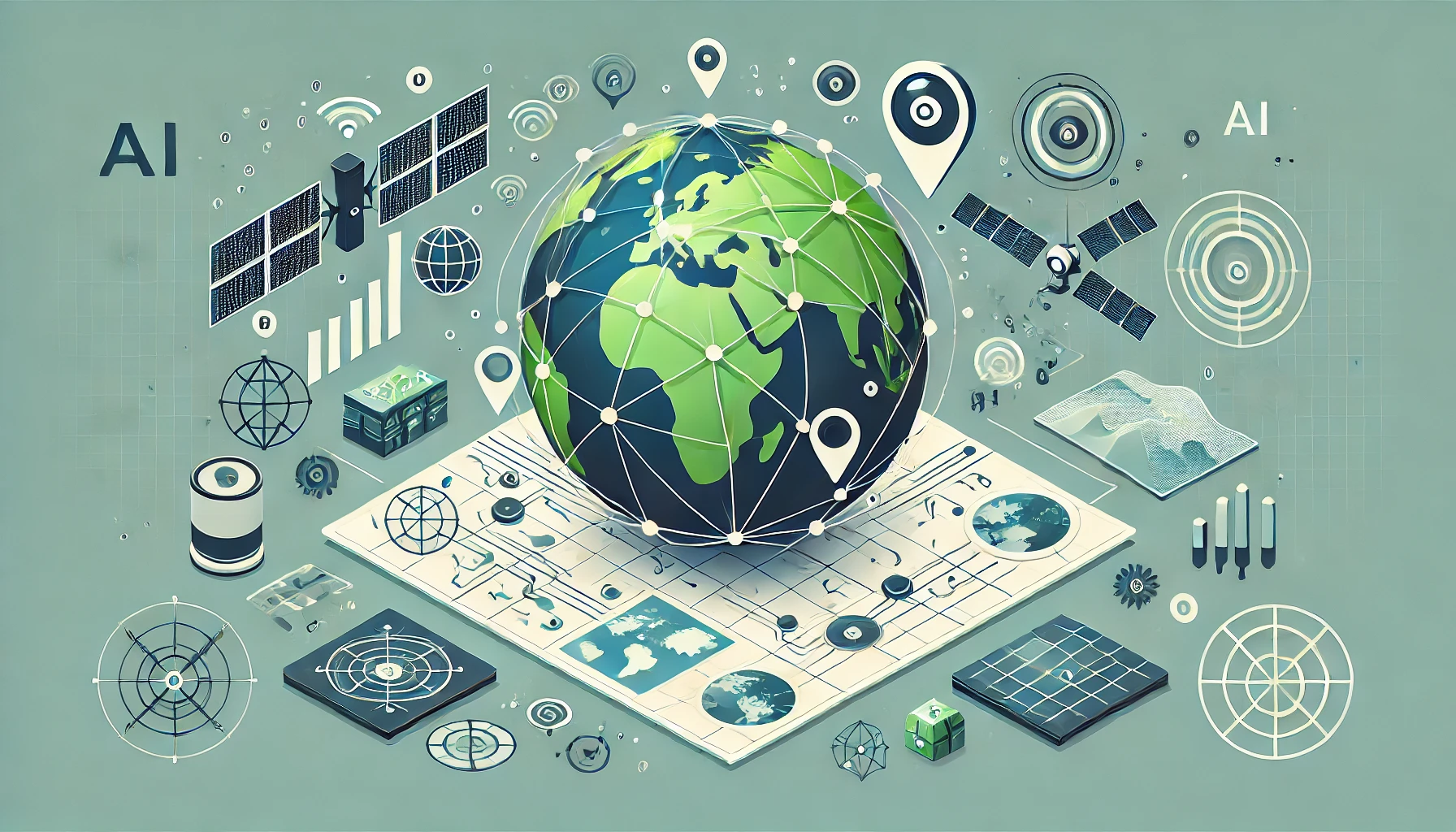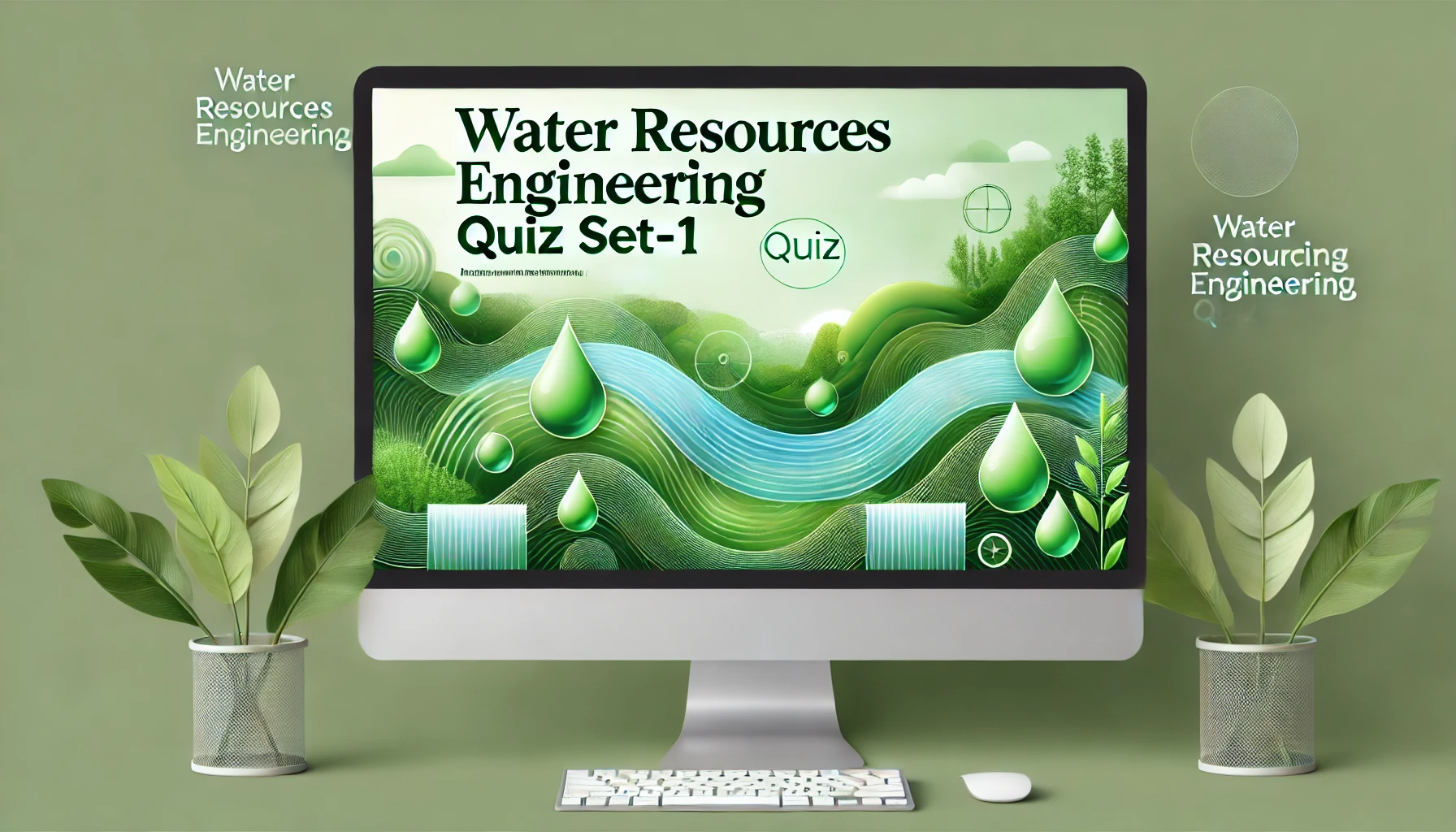Using DeepSeek AI for Predictive Spatial Analytics in GIS [2025]
Geographic Information Systems (GIS) are essential for analyzing spatial data, but their true potential is unlocked when combined with Artificial Intelligence (AI). DeepSeek AI for Predictive Spatial Analytics is a powerful AI-driven tool, is transforming predictive spatial analytics in GIS by forecasting land-use changes, natural disasters, and urban expansion. This blog explores how DeepSeek AI enhances predictive analytics and revolutionizes geospatial decision-making How DeepSeek AI Enhances Predictive Analytics What is DeepSeek AI? DeepSeek AI is a Chinese artificial intelligence company based in Hangzhou, Zhejiang, founded in 2023 by Liang Wenfeng. The company has gained significant attention for developing powerful and cost-effective AI models, notably the DeepSeek-R1 and DeepSeek-V3 series. These models are recognized for their efficiency and performance, rivaling those of leading AI firms. DeepSeek’s AI models are open-source, allowing developers worldwide to access and build upon their technology. The company offers various platforms for interaction with their AI, including a web-based chat interface and a mobile application available on the App Store. 1. Understanding Predictive Spatial Analytics in GIS Predictive spatial analytics leverages AI and machine learning to analyze historical and real-time geospatial data. DeepSeek AI uses algorithms that identify patterns, recognize trends, and make accurate spatial predictions. 🔹 Key Capabilities of AI in GIS Predictions: Analyzing spatial-temporal data. Detecting environmental changes over time. Predicting land-use transformations and natural disasters. Supporting smart city planning with AI-driven forecasts. 2. Predicting Land-Use Changes with DeepSeek AI Land-use changes occur due to urbanization, deforestation, agricultural expansion, and climate change. AI-driven GIS tools analyze satellite imagery, demographic data, and socio-economic factors to predict future land-use patterns. How DeepSeek AI Helps: ✅ AI-Powered Satellite Image Analysis – Identifies land cover changes using deep learning models. ✅ Predictive Modeling for Urban Growth – Uses historical trends to forecast how cities will expand. ✅ Sustainable Development Planning – Helps governments and organizations plan infrastructure development while considering environmental impact. 🔹 Use Case Example: 🌍 Urban Planning: AI-driven models predict how land use will evolve in fast-growing cities, enabling efficient zoning and development strategies. See Also: Top 10 GIS Apps Powered by AI: A Future Perspective 3. AI for Natural Disaster Prediction & Management Predicting natural disasters such as floods, wildfires, hurricanes, and earthquakes is critical for reducing risks and improving emergency response. DeepSeek AI enhances GIS capabilities by processing geospatial data for early warnings and real-time disaster mapping. Key AI Applications in Disaster Prediction: ✅ Flood Risk Assessment – Analyzes elevation models and rainfall patterns to predict flooding areas. ✅ Wildfire Spread Simulation – Uses temperature, vegetation, and wind speed data to forecast wildfire outbreaks. ✅ Earthquake Impact Analysis – Detects seismic activity trends and assesses structural vulnerability. 🔹 Use Case Example: 🚨 Disaster Preparedness: Governments can use AI-powered GIS models to prepare early evacuation plans and allocate emergency resources efficiently. 4. AI-Driven Urban Expansion Forecasting Rapid urbanization leads to challenges in transportation, housing, and infrastructure development. DeepSeek AI integrates GIS data with AI-powered simulations to predict how urban areas will evolve over time. How AI Enhances Urban Expansion Models: ✅ Traffic Flow Predictions – Forecasts congestion patterns to optimize road networks. ✅ Smart City Planning – Assists in sustainable infrastructure development. ✅ Population Growth Analysis – Uses AI-based trend detection for accurate demographic forecasting. 🔹 Use Case Example: 🏙 Smart Cities: AI-powered GIS predicts future transportation needs, helping cities develop efficient public transport systems and reduce traffic congestion. See Also: How DeepSeek AI is Revolutionizing GIS Automation [2025] 5. The Future of Predictive Spatial Analytics with AI The integration of AI and GIS will continue to revolutionize geospatial decision-making. As DeepSeek AI evolves, predictive spatial analytics will become even more accurate and efficient. Future Trends to Watch: 🚀 AI-Integrated IoT for Real-Time Spatial Data Monitoring. 🌍 AI-Powered Climate Change Forecasting. 🏗 Automated Urban Planning with AI-Driven Geospatial Intelligence. Conclusion DeepSeek AI is transforming predictive spatial analytics in GIS by offering real-time data analysis, land-use forecasting, disaster prediction, and urban expansion modeling. As AI technology advances, its integration with GIS will play a vital role in shaping smarter cities, improving disaster resilience, and promoting sustainable land-use practices. Organizations that embrace AI-driven GIS solutions will have a competitive edge in spatial intelligence and geospatial decision-making. Frequently Asked Questions (FAQs) Q1: How does AI improve predictive spatial analytics in GIS? AI enhances GIS by analyzing historical and real-time geospatial data to predict land-use changes, urban growth, and natural disasters. Q2: Can DeepSeek AI predict natural disasters? Yes, DeepSeek AI analyzes satellite imagery, weather patterns, and environmental data to provide early warnings for floods, wildfires, and earthquakes. Q3: How can AI-powered GIS help urban planning? AI assists city planners by forecasting population growth, traffic congestion, and infrastructure needs, enabling smarter urban development. Q4: What industries benefit from AI-driven GIS? Industries such as urban planning, disaster management, environmental monitoring, and agriculture benefit significantly from AI-powered GIS analytics. Q5: What is the future of AI in GIS? The future includes real-time AI mapping, IoT-driven geospatial intelligence, and AI-powered environmental forecasting.

